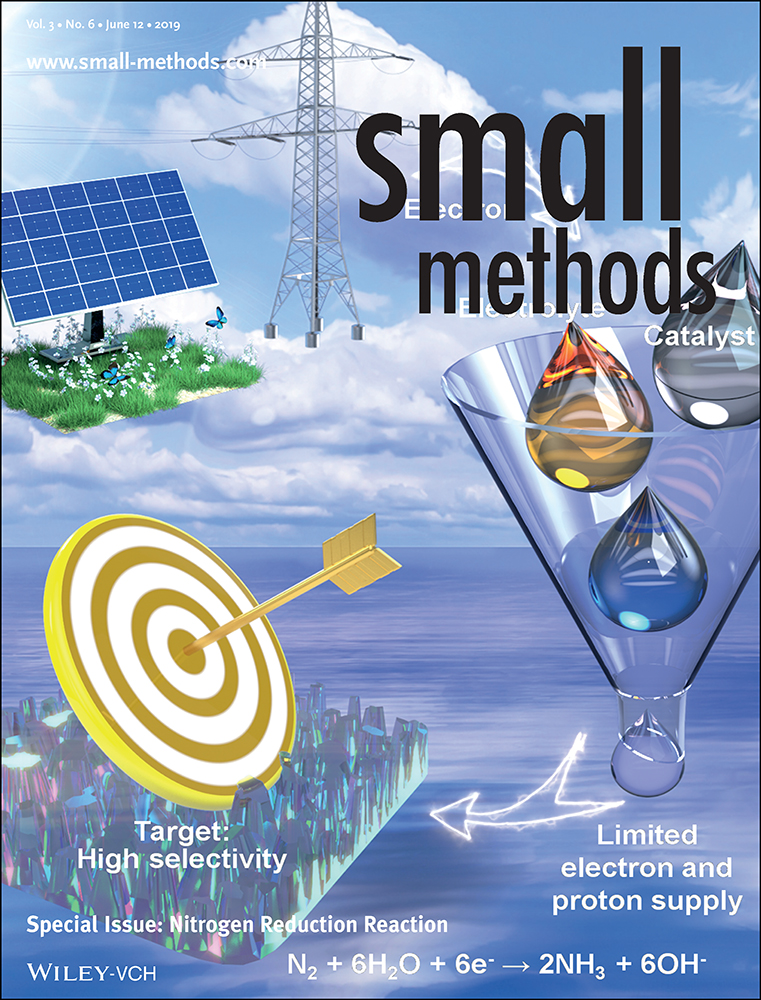Modeling of Electrocatalytic Dinitrogen Reduction on Microstructured Electrodes
Abstract
One major challenge of electrocatalytic dinitrogen (N2) reduction is the competition between nitrogen reduction reaction (NRR) and hydrogen evolution reaction (HER). While experimental development of selective NRR catalysts is indispensable, the aim is to derive insights of catalyst design by developing a model that includes both the kinetics of competing reactions on the electrode and the mass transport of reactants in solution. The developed microkinetic model is reported here and it is applied to evaluate NRR selectivity on planar and microstructured electrodes. As a proof-of-principle, the model is numerically simulated under an aqueous electrolyte of 0.1 m nonoxidizing strong acid. The analysis indicates that while the first electron transfer to N2 is rate-limiting in most cases, under certain scenarios the impact of subsequent proton transfer on the reaction rate can be prominent. The microstructure of electrodes can pose a limit of N2 mass transport and intriguingly cast a negative impact on the selectivity of N2 fixation. Overall, the developed model interfaces the kinetics on electrode surfaces with the mass transport in the solution, and will serve as a general platform for the design and optimization of electrochemical N2-fixing process.
Conflict of Interest
The authors declare no conflict of interest.




